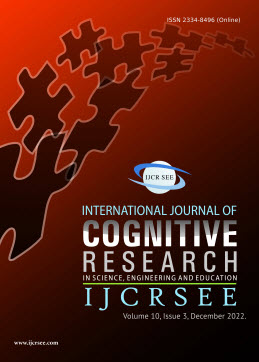Internet Addiction Disorder (IAD) as a Consequence of the Expansion of Information Technologies
Internet Addiction Disorder (IAD) as a Consequence of the Expansion of Information Technologies
Author(s): Željko Bjelajac, Aleksandar Filipović, Lazar StošićSubject(s): Psychology, Pedagogy
Published by: Удружење за развој науке, инжењерства и образовања
Keywords: Internet addiction disorder; digital violence; the Internet; information technologies; digital expansion
Summary/Abstract: Internet addiction disorder (IAD) is a global topic that increasingly attracts the attention of the wider public. The purpose of this paper is to research the current situation in the prevalence of both Internet addiction and problematic Internet use, which is the most common precursor to developing psychological disorders related to the relationship to the Internet and its elements. The initial hypotheses of this paper are that the Internet addiction disorder is more widespread and harmful than can be deduced from the attitude of society and health authorities towards it and that it calls for renewed theoretical and empirical research, which is the attitude shared by the scientific community. The results that we stated in the paper clearly show numerous mental and physical deficiencies and problems that are experimentally proven and presented in the paper. As a recommendation, we would point to increasing awareness of the dangers of excessive and problematic use of the Internet, offering healthy alternatives, promoting the culture of safe use of the Internet, as well as educating individuals on other self-control mechanisms. Attention should be constantly paid to dangers that realistically exist, and it should be permanently worked on this aspect of mental health of individuals, nations, and the global society.
Journal: International Journal of Cognitive Research in Science, Engineering and Education (IJCRSEE)
- Issue Year: 10/2022
- Issue No: 3
- Page Range: 155-165
- Page Count: 11
- Language: English

